Preserving You
By Cheyenne Dorsagno
I’ve been very excited by the idea that we can contribute our life stories to the database of history at large.
But a meeting with my local History Center reminded me that preservation starts at home. For one, the History Center only archives things as recently as the 70s. So, our prized possessions aren’t necessarily “historical” (yet). Historians emphasize the importance of hindsight. Meaning, we may have to preserve our artifacts for some time before they’re eligible for submission to a historical society. One historian-endorsed resource to educate yourself on optimal preservation efforts is the Gaylord Archival Supply. You can read advice on, for example, how to scan your photos, label them, scrapbook them, and store them. For a secure backup, you can keep digital copies on cloud platforms like Google Photos or websites like Flickr.
Preserve your family’s keepsakes
So, you can use this information to preserve your family’s keepsakes until you find the right time and place to house them long-term.
But how do you pick the best place to preserve your artifacts? Ask the facility you’re considering entrusting your prized possessions with, “What use would you have for this?” Of course, historical societies have limited time, money, and space. Do they have items of this kind already? If so, then maybe the item would prove more useful elsewhere. When and how would they use the items – for themed displays? How often would it be seen? Maybe certain themed museums would attract a more relevant audience, allow the items to see the light of day more often, and have historians who consider the items to be of greater significance.
A professional archivist can help you determine which historical database would be best for you, and they can help you go through the motions of submitting your artifacts.
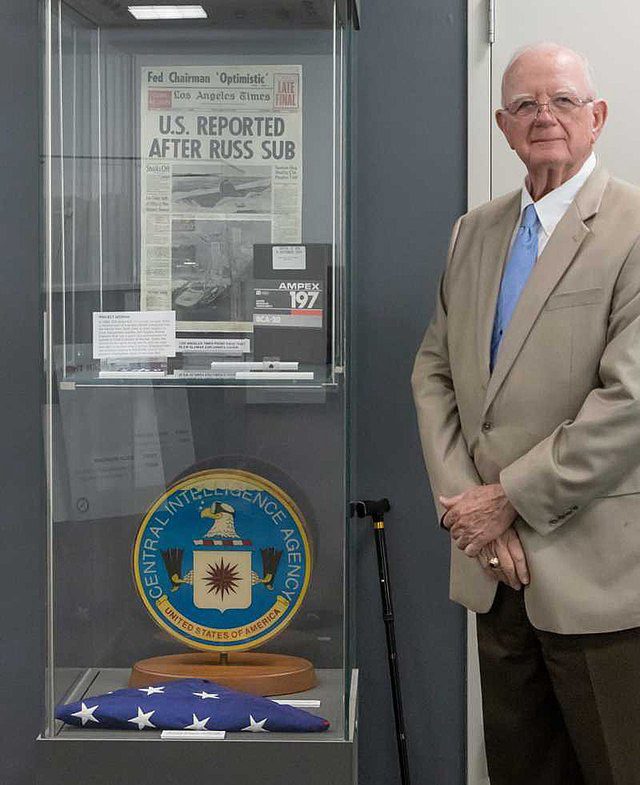
Of course, you can have a display of your own so that these items are appreciated by the people who value them most. But before deciding to keep your items at home forever, Archivist Angela Todd asked you to consider a few factors…
- Place. “I do know someone in my community who is the seventh generation of her family to live on the family farm. It’s remarkable for its rarity. Families divide and move on with each generation and even within generations. There is rarely a central place like the family farm to keep such things,” said Angela. This means that only a select few may have easy access to the family’s valuables. “I will also add that at a recent talk, one woman told me that she was the third generation to live on her family farm, and it burned down… taking their entire family history with it. So place may also refer to the safety of controlled temperature and humidity, fire prevention, etc.,” said Angela.
- Perceived value. Angela referenced a popular article that reminds people that historians may not be the only ones we need to convince of the value of our stuff. We may dream of gifting a child the house we finally paid off, or we may have a beloved Beanie Baby collection that, naturally, anyone should covet. But do our heirs really want this stuff? Are we just paving a long, arduous road to the dump? Are we leaving chores and tense infighting behind for our loved ones? Even more, are we forfeiting the benefit of selling or donating whatever-it-is while we’re alive? To resolve these questions, start by having a frank conversation with your loved ones. “Would you want this?”
- Person. Storage may be a privilege and a responsibility. Who’s going to take it on? “The trend is skewing toward minimalism, light travel, and much less keeping,” said Angela. “On the flip side, I’ve also seen families struggle over who gets to be the family historian and keep ownership of the family story. And the family stuff. This has happened in my family, in fact, with a few cousins keeping tight fists on their photos or my grandfather’s WWI helmet with a dent in it.”
- Imagination. “One of my weird superpowers is to tell someone what kind of project would really benefit from their thing. For example, for a hand-me-down Purple Heart, imagine a presentation at your local high school with all the town holdings about WWI.” WWI can be learned about through many items, but it takes vision to know when and how to use those items. “Women kept scrapbooks tracing all the boys in town: who enlisted, where they ended up, who got injured, killed, or came home. Families had banners they’d hang in windows with stars correlating to the number of kids they had in the active military. When the boys came home, they brought postcards and ladies’ hankies and big prints of Germany’s weapons (manufactured for them), showing where they had been,” she listed.
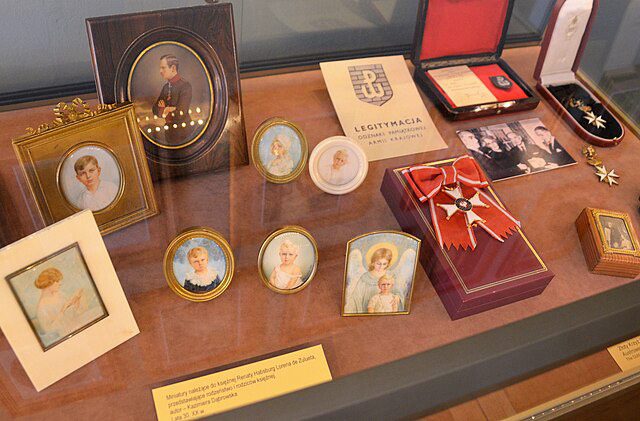
Angela also cited many conversation topics that can be prompted by an artifact like a Purple Heart.
- How did whoever earn their Purple Heart?
- Was there a ceremony to award it?
- How does the recipient feel about the concept of “bravery”?
- What demographic themes are among the recipients? Were army nurses or black soldiers recognized? How has that changed over time?
- Has the design of the Purple Heart itself changed? How, why, and by whom
- How have Purple Hearts been commodified?
- Public education. We’ve all heard that “History is written by the victors.” But that version of history is an incomplete (and therefore inaccurate) picture. Instead, Angela takes a bottom-up approach to historical research (focusing on the people’s history, starting with the “underdogs”, as inspired by Historian Howard Zinn). After all, us “little people” are the largest population, so we offer key insight into the state of the world. As an example of the limitations of perspective, Angela referenced the documentary, “Who Will Write Our History?” Many of the images we have to look back on WWII were taken by Nazi propagandists, so those portrayals of Jewish people are purposefully limited to a lens of belittlement. When we contribute our perspectives to history, we create teaching moments that honor and humanize ourselves and others like us.
- Expertise. Angela shared this quote from Brené Brown: “Every single person has a story that will break your heart. And if you’re paying attention, many people… have a story that will bring you to your knees. Nobody rides for free.” You may struggle to see the historical significance of your life, but Angela believes that everyone’s important, and she has the education to back it up. For example, Angela said that my health crisis could serve as a historical snapshot into 2020s medical capabilities, mental health after medical trauma, doctor-patient relationships, and more (like the COVID-era hospital climate). “A similar story told in the 1970s may find a survivor deciding to join the big homesteading movement by going to clear some land in the woods or deciding to go to California to be a surfer/ski bum,” said Angela. Her witness to the way historical context has seeped into everyone’s daily lives can help us understand the ways that our little lives are puzzle pieces in the big picture.
Obviously, this is a lot to consider when figuring out our historical significance and how to store our related artifacts.
“Choosing an archive. This is a matching game,” said Angela.
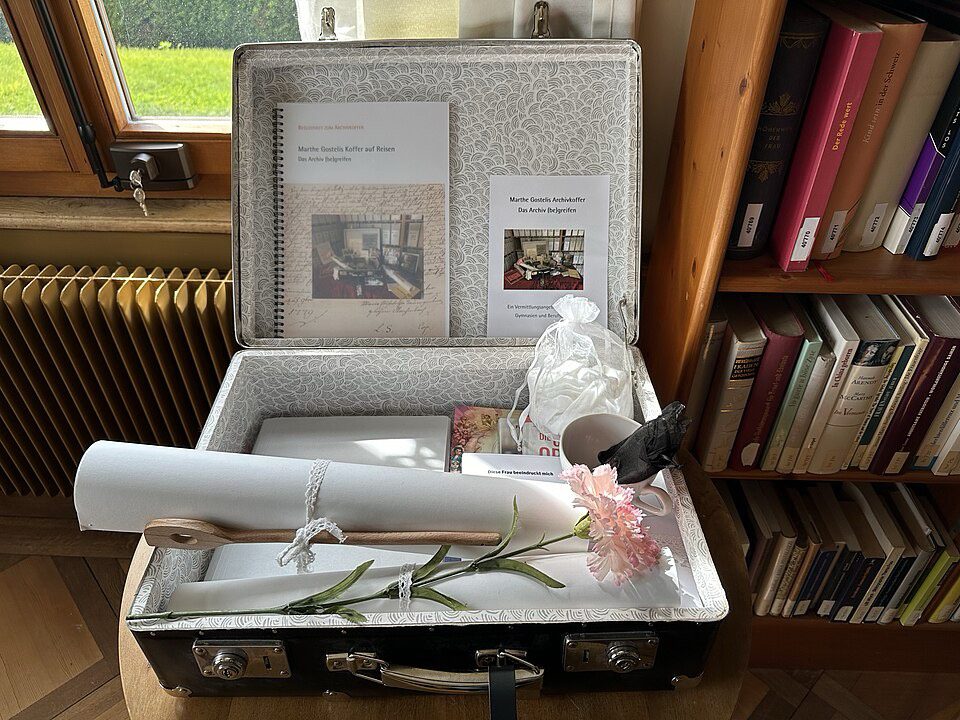
About Cheyenne Dorsagno

Cheyenne Dorsagno
Cheyenne Dorsagno believes that every life has stories worth telling. The more focused and “smaller” the story, the more it reflects the universal human experience. This belief shapes her personable writing tone and her deep love for her locality — in and around Utica, NY. Cheyenne writes about people who make their mark (quietly or boldly) on the world around them. A seasoned journalist and Summa Cum Laude English graduate from SUNY Oneonta, she’s devoted to celebrating what makes our short time here matter. You can follow her on LinkedIn or Facebook, and you can learn more about her services as a Legacy Ghostwriter at ourneighborhood.blog.
Cheyenne Dorsagno
Contributing Author
Cheyenne Dorsagno is a wonderfully talented writer and contributing author on Mohawk Valley Today. Cheyenne highlights artists and creatives along with culture and trends that are happening throughout the Mohawk Valley. She brings her positive energy to everything she does.

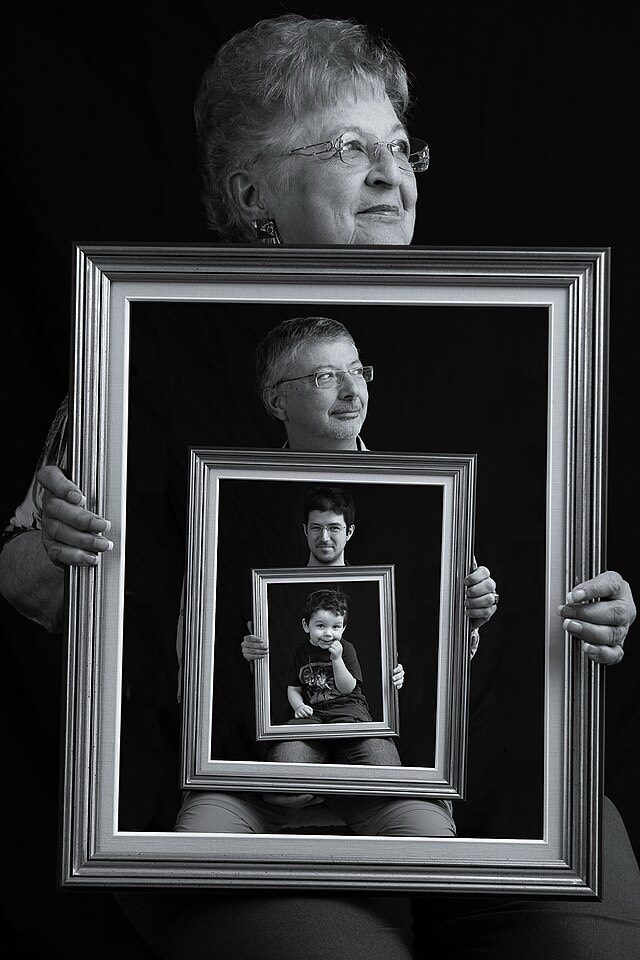




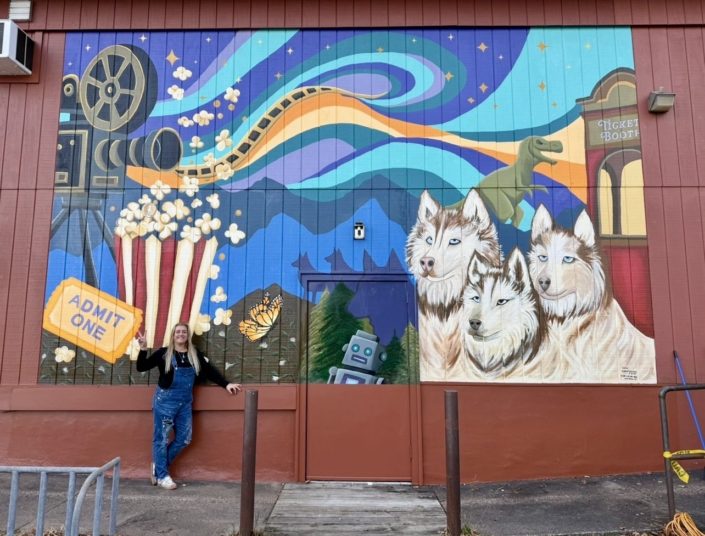
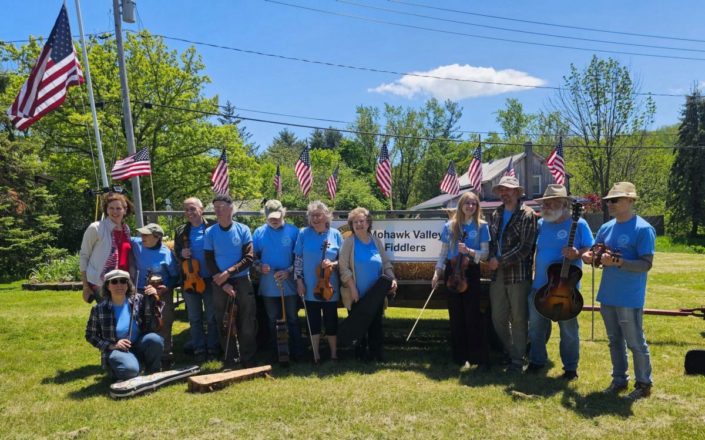

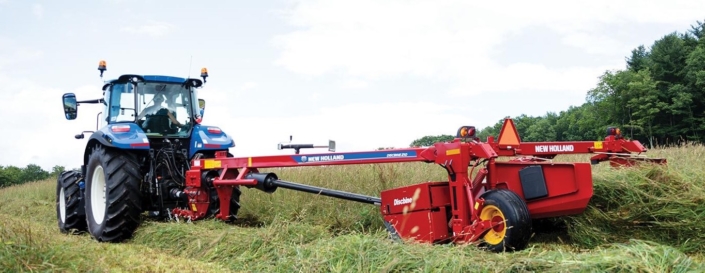

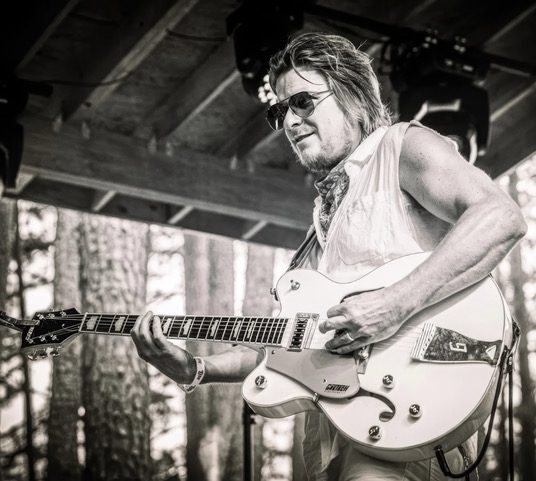
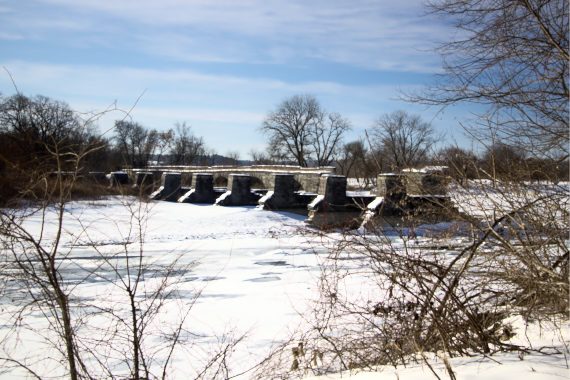
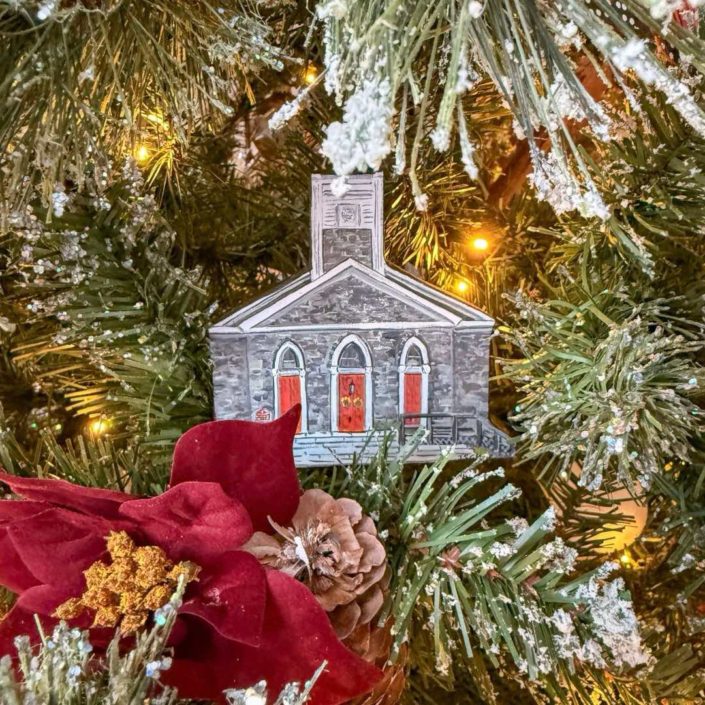







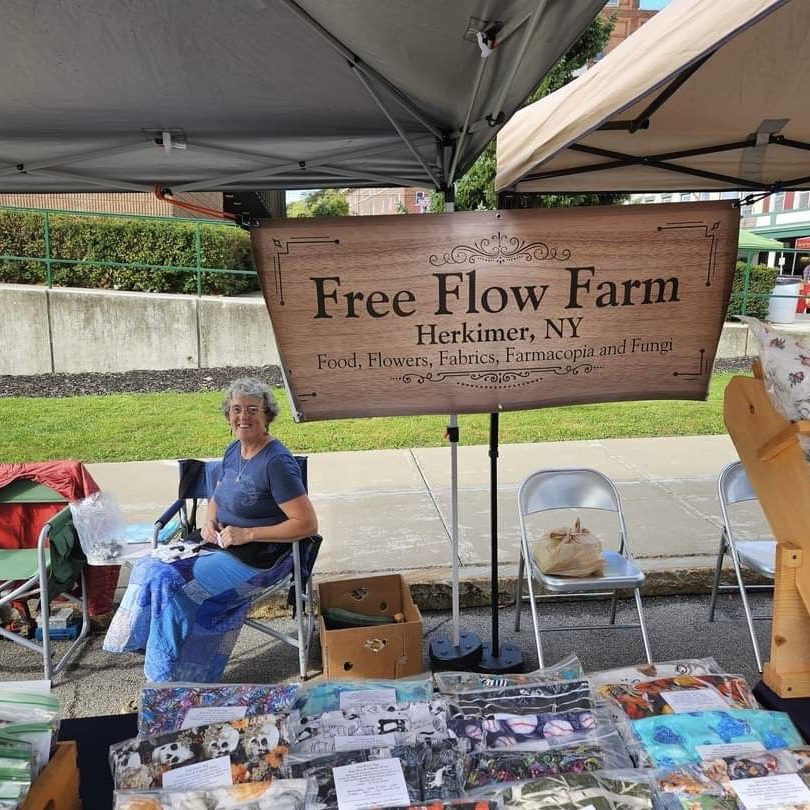

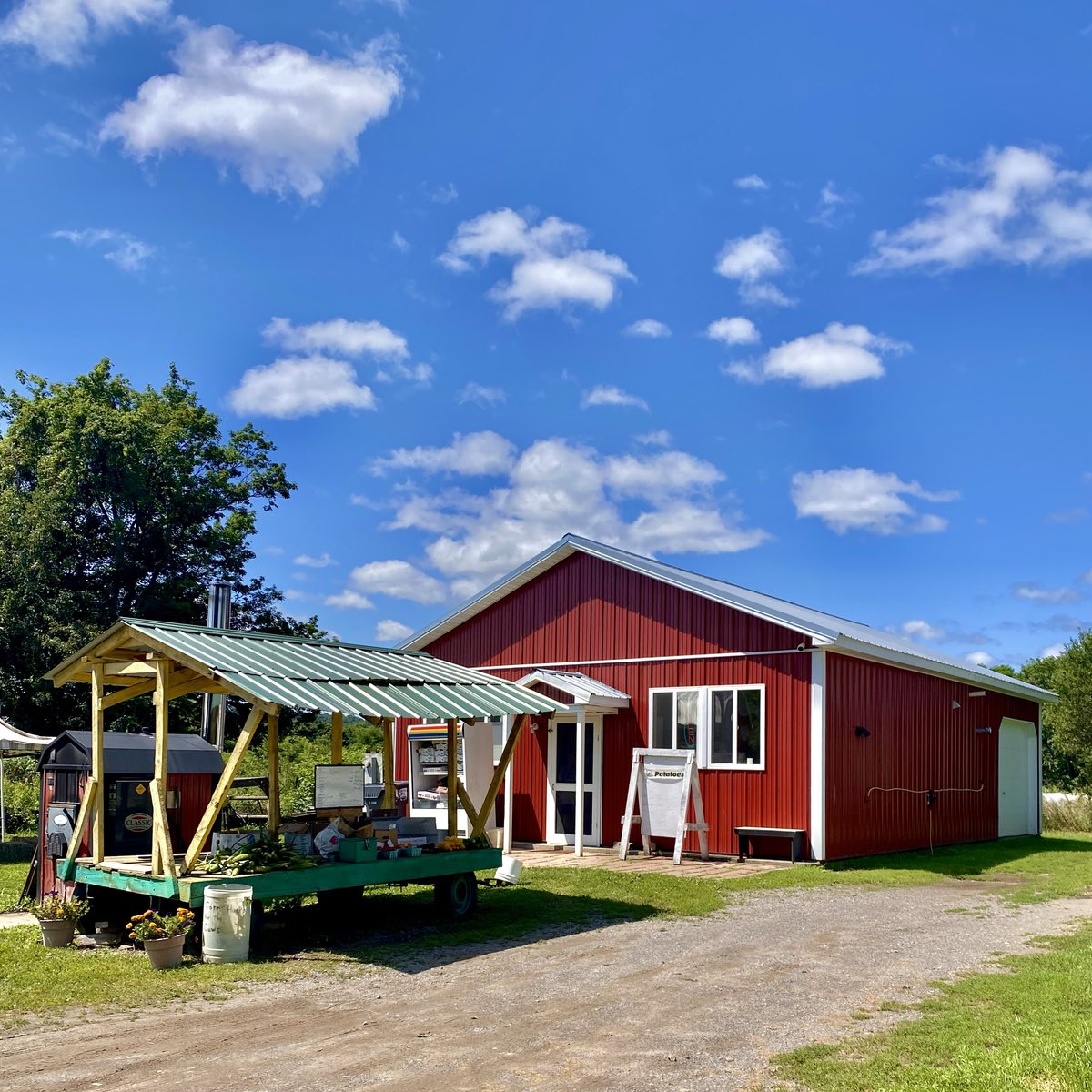


 Mohawk Valley Garlic and Herb Festival, Canal Place, Little Falls, NY. Photography by Sarah Rogers.
Mohawk Valley Garlic and Herb Festival, Canal Place, Little Falls, NY. Photography by Sarah Rogers.